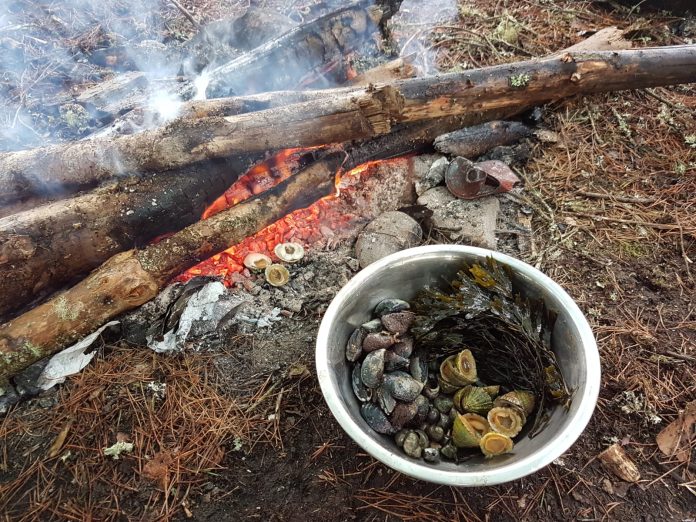Coastal foraging is a rewarding way to connect with nature and discover wild, edible treasures along the shoreline. However, to make the most of your foraging experience, it’s essential to equip yourself with the right tools and gear. Having the proper equipment ensures a safe, efficient, and enjoyable trip while minimizing your impact on the environment.
Before you head out for your next adventure, it’s helpful to familiarize yourself with the basics of coastal foraging and ensure you’re well-prepared with the right gear for a successful outing. Below are some of the must-have tools and accessories for any coastal forager.
1. Foraging Knife or Scissors
A high-quality foraging knife or pair of scissors is a must when harvesting seaweeds and plants. These tools allow for clean, precise cuts that help preserve the health of the plants and promote regrowth. A sharp knife is also useful for opening shellfish or cutting through tough materials.
2. Mesh Bags or Baskets
When foraging, it’s important to have a breathable container for your finds. Mesh bags or woven baskets are ideal as they allow air circulation, preventing seaweed and plants from becoming slimy or soggy. These bags also make it easy to rinse off any sand or debris before heading home.
3. Gloves
Gloves are essential for protecting your hands when foraging along rocky shores or handling sharp-edged plants and seaweeds. They also come in handy when collecting shellfish or crabs, as these creatures often have hard shells or claws. Choose durable, water-resistant gloves that can withstand saltwater and rough surfaces.
4. Waders or Waterproof Boots
The intertidal zone, where many edible plants and seaweeds thrive, is often wet and slippery. Waders or waterproof boots keep your feet dry and protect you from cold water while providing extra traction on rocky surfaces. High-quality footwear ensures you can navigate slippery terrain safely while exploring tide pools and shorelines.
5. Tide Chart and Foraging Map
Timing is everything when it comes to coastal foraging. A tide chart helps you plan your trip during low tide when more of the shoreline is exposed, giving you access to a greater variety of seaweeds and marine life. Additionally, a foraging map can highlight areas where edible plants are abundant and guide you to sustainable foraging spots.
6. Field Guide to Edible Plants and Seaweeds
Having a reliable field guide is invaluable, especially for beginners. It helps you identify edible plants and seaweeds, as well as distinguish them from inedible or toxic species. A guide with clear images and descriptions will give you confidence in your foraging choices and ensure you gather only safe, edible items.
7. Small Shovel or Trowel
Foraging for root vegetables like sea beet or digging for clams requires a small shovel or trowel. These tools make it easier to dig in sandy or rocky terrain without disturbing the surrounding environment too much. Choose a lightweight, portable shovel that fits easily into your foraging kit.
8. Reusable Containers or Jars
While mesh bags are great for collecting most foraged items, reusable containers or jars are ideal for storing smaller, delicate items like herbs or soft seaweeds. They protect your finds from being crushed and help keep everything organized. Opt for eco-friendly, sealable containers that can be easily cleaned and reused.
9. First Aid Kit
Accidents can happen when foraging along rugged coastlines, so it’s important to have a small first aid kit with you. This kit should include essentials like bandages, antiseptic wipes, and tweezers to handle minor cuts, scrapes, or stings. Being prepared ensures that you can continue your foraging adventure with minimal disruption.
Conclusion
Having the right tools and gear is essential for a successful coastal foraging trip. Not only do they make foraging more efficient and enjoyable, but they also help protect the environment by allowing you to forage responsibly. By equipping yourself properly and following sustainable practices, you’ll be able to enjoy the rich bounty of the shoreline while preserving it for future generations.
